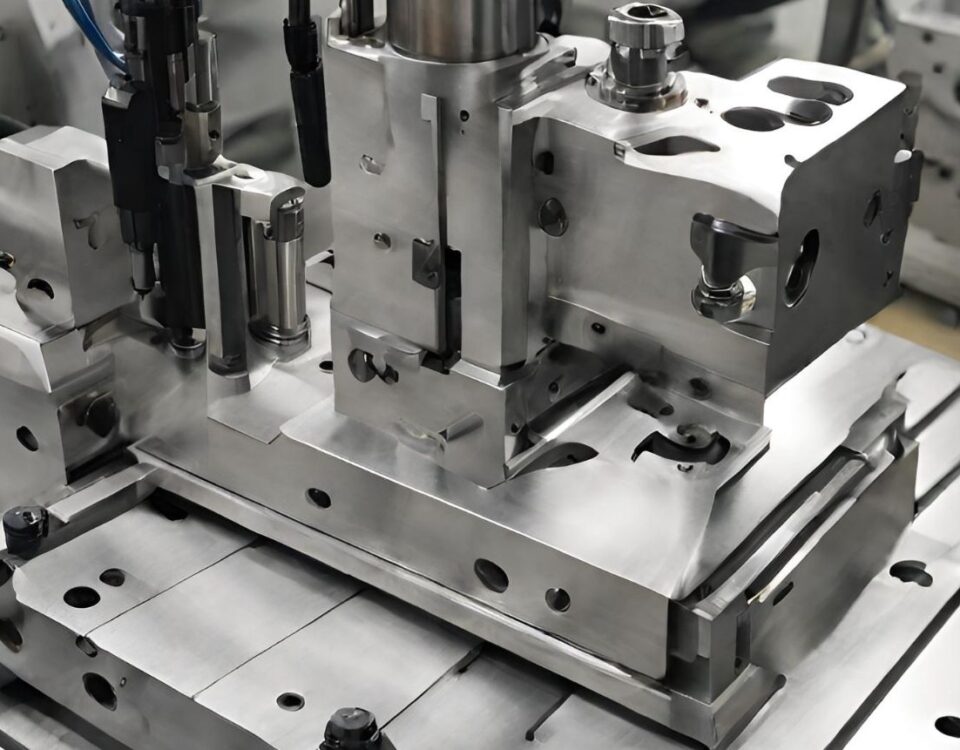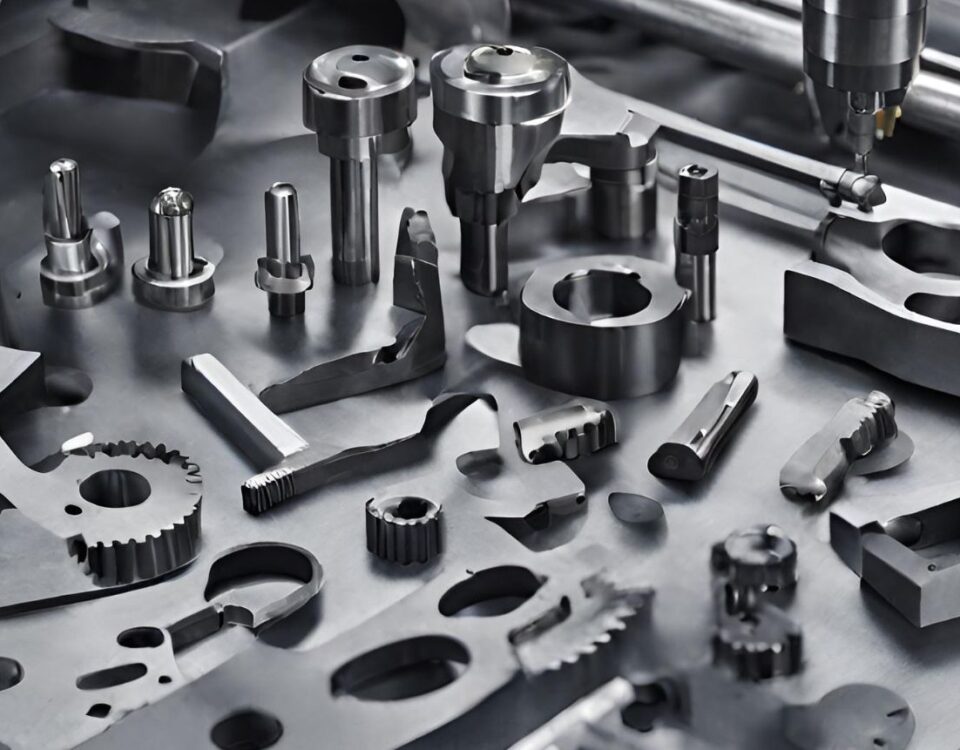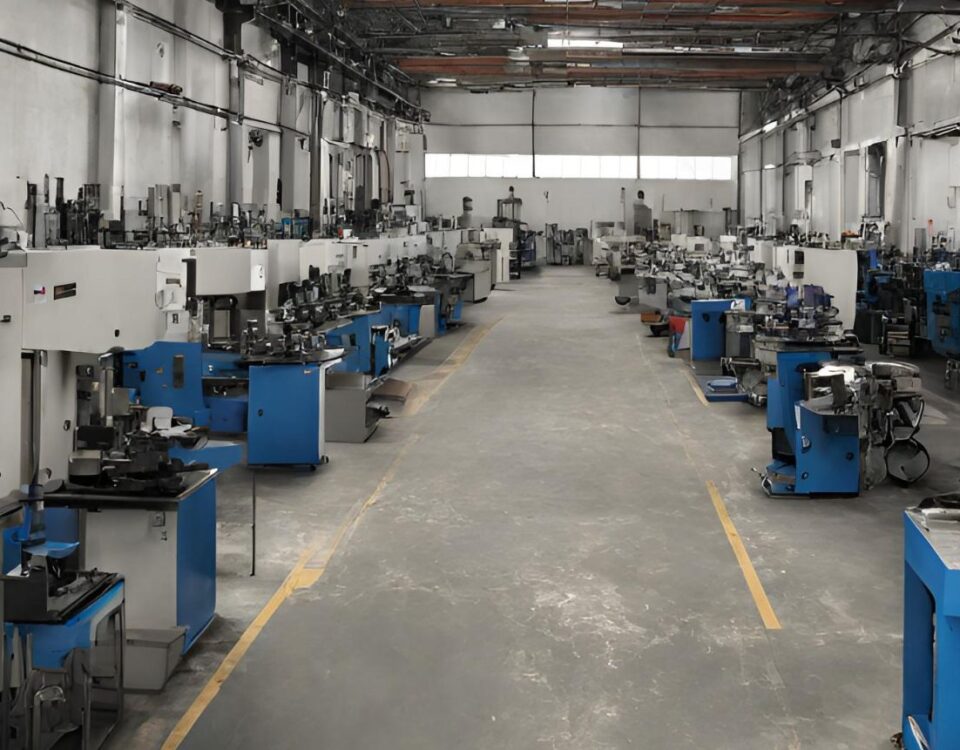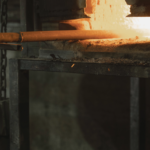
The Pros And Cons Of The Aluminum Casting
26 December 2023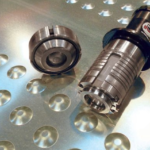
A PRECISION SHEET METAL FABRICATOR?
28 December 2023A part that has undergone machining, in which extra material is removed with the use of specialized tools, is referred to as a machined part.
Machined parts are components or pieces that have been manufactured through the process of machining. This involves using various machining tools such as lathes, milling machines, drills, or grinders to shape and form raw materials such as metal, plastic, or wood into the desired final shape and size. The process of machining involves subtractive manufacturing, where material is removed from the workpiece to achieve the required dimensions and surface finish. Machined parts are commonly used in a wide array of industries, including automotive, aerospace, electronics, and manufacturing.
What Uses Do Machined Parts Serve?
Machined parts serve a wide range of uses across various industries. They are commonly employed in manufacturing equipment, automotive components, aerospace technology, medical devices, consumer electronics, and even everyday household items. Machined parts are crucial for providing precision components that contribute to the functionality and reliability of machinery and products across different sectors.
What Materials Are Used in Machining Parts?
Machined parts are crafted from a variety of materials, including metals such as aluminum, steel, titanium, and brass. Additionally, non-metal materials like plastics, ceramics, and composites are also commonly used in machining processes to create a wide range of components.
The Entire Journey of a Machined Part
The journey of a machined part encompasses several stages:
- Design: Engineers create a detailed design of the part using CAD software, specifying dimensions, tolerances, and material requirements.
- Material selection: The appropriate material for the part is chosen based on its intended use and mechanical properties.
- Machining: The chosen material is shaped and formed using various processes such as milling, turning, drilling, or grinding to achieve the desired shape and dimensions.
- Quality control: Throughout the process, quality checks are performed to ensure that the part meets required specifications and tolerances.
- Finishing: The part may undergo additional processes such as deburring, surface treatment, or coating to achieve the desired surface finish and properties.
- Inspection: The finished part undergoes a final inspection to ensure it meets all quality standards and requirements.
- Assembly: If required, the machined part is assembled into the final product, integrating it with other components.
- Testing: The assembled product, including the machined part, undergoes testing to ensure its functionality and performance.
- Packaging and shipping: Once the part is verified, it is packaged and shipped to its intended destination for use in various applications.
Conclusion
Machined parts are vital components used across industries, from automotive and aerospace to consumer goods. Crafted from materials like metal, plastic, and composites, these parts undergo a journey, from design and material selection to machining, quality control, finishing, inspection, assembly, testing, and eventual delivery. This process ensures that machined parts meet specific requirements, contributing to the functionality and reliability of various products and machinery.


